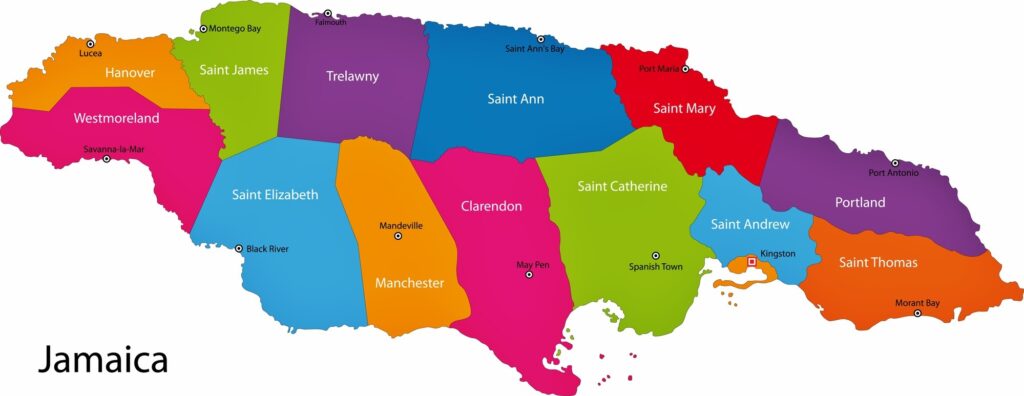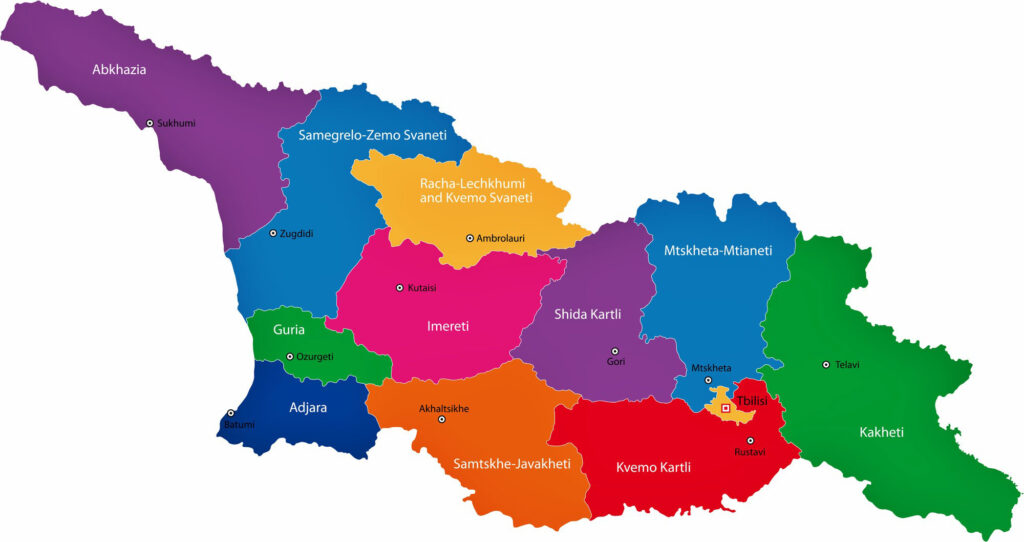Introduction to Indiana
Indiana is located in the Midwestern United States and is the 19th state to join the Union, officially becoming a state on December 11, 1816. Known for its diverse landscapes, thriving agricultural industry, and significant contributions to automotive manufacturing, Indiana plays a vital role in America’s heartland.
Geography of Indiana
Location and Borders
Indiana is bordered by Michigan to the north, Ohio to the east, Kentucky to the south, and Illinois to the west. The state has a total area of 36,418 square miles (94,321 square kilometers), making it the 38th largest state in the U.S. Indiana’s geographic coordinates are approximately 40°N latitude and 86°W longitude.
Major Landforms
Central Till Plains
The Central Till Plains cover much of central and northern Indiana, characterized by flat to gently rolling terrain formed by glacial deposits. This region is highly fertile and supports extensive agriculture.
Southern Hills and Lowlands
Southern Indiana features more varied terrain, including the rugged hills of the Knobstone Escarpment and the lowlands of the Wabash River Valley. The Hoosier National Forest, with its dense woodlands and limestone bluffs, is located in this region.
Lake Michigan Shoreline
The northwest corner of Indiana lies along the southern shore of Lake Michigan, providing access to one of the Great Lakes. The Indiana Dunes National Park, known for its sand dunes and diverse ecosystems, is a significant natural feature of this area.
Rivers and Lakes
Indiana is home to numerous rivers and lakes that contribute to its scenic beauty and recreational opportunities.
Major Rivers
- Wabash River: Flowing across the entire state from northeast to southwest, the Wabash River is Indiana’s longest river and plays a crucial role in the state’s history and commerce.
- White River: Divided into the West Fork and East Fork, the White River runs through central Indiana, including the capital city, Indianapolis.
Major Lakes
- Lake Monroe: The largest lake entirely within Indiana, Lake Monroe is a popular destination for boating, fishing, and camping.
- Patoka Lake: Known for its excellent fishing opportunities, Patoka Lake is one of the largest reservoirs in the state.
Historical Overview
Early Inhabitants and European Exploration
Indiana’s history begins with the indigenous peoples who inhabited the region long before European exploration. The Miami, Shawnee, and Potawatomi were among the prominent Native American tribes.
French explorers arrived in the 17th century, with René-Robert Cavelier, Sieur de La Salle, being one of the first Europeans to explore the area. The French established fur trading posts, but control of the region eventually shifted to the British following the French and Indian War.
American Settlement and Statehood
Following the American Revolution, the Northwest Territory was established, including present-day Indiana. The territory saw increased settlement by American pioneers, leading to conflicts with Native American tribes. Indiana achieved statehood on December 11, 1816, becoming the 19th state in the Union.
Civil War and Industrialization
During the Civil War, Indiana played a significant role in supporting the Union, providing soldiers and resources. Post-war, the state experienced rapid industrialization, particularly in manufacturing and transportation, bolstered by its strategic location.
Modern Era
The 20th and 21st centuries brought continued growth and diversification to Indiana’s economy. Today, the state is known for its manufacturing, agriculture, education, and healthcare industries.
Demographics and Population
Population Overview
As of the 2020 census, Indiana has a population of approximately 6.73 million people, making it the 17th most populous state in the U.S. The state has a relatively balanced urban-rural population distribution.
Major Cities
- Indianapolis: The capital and largest city, Indianapolis is known for its vibrant cultural scene, sports events, and economic significance.
- Fort Wayne: Located in northeastern Indiana, Fort Wayne is a major manufacturing and commercial center.
- Evansville: Situated along the Ohio River, Evansville is the cultural and economic hub of southwestern Indiana.
- South Bend: Home to the University of Notre Dame, South Bend is known for its educational and industrial contributions.
Ethnic and Racial Composition
Indiana’s population is predominantly White (approximately 79%), followed by African American (9.4%), Hispanic or Latino (7.2%), and Asian (2.6%) communities. The state has seen increasing diversity in recent decades.
Religion and Culture
Christianity is the predominant religion in Indiana, with significant Protestant and Catholic communities. The state is also home to a growing number of non-Christian and secular residents.
Economy and Industry
Agriculture
Indiana is a leading agricultural state, producing corn, soybeans, hogs, dairy products, and poultry. The state’s fertile soil and favorable climate support diverse farming activities.
Manufacturing
Manufacturing is a cornerstone of Indiana’s economy, particularly in automotive, steel, pharmaceuticals, and machinery. Major companies like Cummins, Eli Lilly, and Steel Dynamics have significant operations in the state.
Services and Technology
Indiana has a growing service sector, including healthcare, education, and finance. The state is also investing in technology and innovation, with tech hubs in cities like Indianapolis and Bloomington.
Tourism
Tourism is an important industry in Indiana, attracting visitors to its natural parks, cultural sites, and sporting events. The Indianapolis 500, one of the most famous car races globally, draws hundreds of thousands of spectators each year.
Education and Institutions
Primary and Secondary Education
Indiana has a robust public education system, with numerous school districts providing K-12 education. The state also supports charter schools and private institutions.
Higher Education
Indiana is home to several renowned universities and colleges, including:
- Indiana University: A major public research university with multiple campuses, including the flagship in Bloomington.
- Purdue University: Known for its engineering and technology programs, Purdue has a main campus in West Lafayette.
- University of Notre Dame: A prestigious private Catholic university located in South Bend.
- Ball State University: Located in Muncie, Ball State is known for its architecture and teacher education programs.
Culture and Lifestyle
Festivals and Events
Indiana hosts numerous festivals and events throughout the year, celebrating its cultural heritage and community spirit.
- Indianapolis 500: Held annually at the Indianapolis Motor Speedway, this race is a major event in the motorsport calendar.
- Indiana State Fair: A celebration of agriculture, food, and entertainment held in Indianapolis each summer.
- Covered Bridge Festival: Taking place in Parke County, this festival highlights Indiana’s historic covered bridges and rural charm.
Music and Arts
Indiana has a rich musical heritage, particularly in jazz, blues, and classical music. The state is home to the Indianapolis Symphony Orchestra and numerous music festivals. The arts scene is vibrant, with galleries, theaters, and cultural institutions across the state.
Sports
Indiana is passionate about sports, particularly basketball and motorsports. The state has a strong high school and collegiate basketball tradition, and Indianapolis is home to the Indiana Pacers (NBA) and the Indianapolis Colts (NFL).
Notable Attractions and Landmarks
Natural Attractions
Indiana Dunes National Park
Located along the southern shore of Lake Michigan, Indiana Dunes National Park features sandy beaches, dunes, wetlands, and diverse wildlife. It’s a popular destination for hiking, birdwatching, and water activities.
Brown County State Park
Known as the “Little Smokies” for its resemblance to the Great Smoky Mountains, Brown County State Park offers stunning vistas, hiking trails, and vibrant fall foliage.
Historical Sites
Conner Prairie
An interactive history park in Fishers, Conner Prairie offers immersive experiences in 19th-century American life, including a recreated pioneer village and historical reenactments.
Lincoln Boyhood National Memorial
Located in southern Indiana, this site commemorates the early life of Abraham Lincoln, who spent his formative years in the state. The memorial includes a museum, visitor center, and a working pioneer farm.
Cultural Institutions
Indianapolis Museum of Art
Part of Newfields, a 152-acre campus, the Indianapolis Museum of Art features extensive art collections, beautiful gardens, and special exhibitions.
Eiteljorg Museum
Located in downtown Indianapolis, the Eiteljorg Museum of American Indians and Western Art showcases Native American and Western art and cultural artifacts.
Fun Facts about Indiana
- Indiana is known as the “Hoosier State,” although the origin of the term “Hoosier” is widely debated.
- The first professional baseball game was played in Fort Wayne, Indiana, on May 4, 1871.
- Indiana is the birthplace of famous figures like Michael Jackson, James Dean, and David Letterman.
- The state has more miles of interstate highway per square mile than any other state, earning its nickname “Crossroads of America.”
- The world’s largest children’s museum, the Children’s Museum of Indianapolis, is located in the state capital.
- 7 Reasons Why Rome Fell - July 26, 2024
- 7 Interesting Facts About Ancient Greece - July 26, 2024
- East African Countries - July 19, 2024




